The Lord of the Rings: A Personal Reading, Part Two
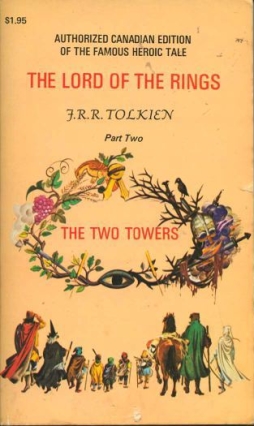 This is the second of three posts prompted by a recent re-reading of The Lord of the Rings. As I said in the first post, I went back to the book with the general idea of approaching it as one would a medieval saga, rather than a contemporary novel, and seeing what struck me as a result. I wrote in that post about what it seemed to suggest to me about Tolkien’s sense of character, and next week I intend to write about his use of irony — or, if you prefer, an anti-irony that shows how good can emerge out of apparent evil.
This is the second of three posts prompted by a recent re-reading of The Lord of the Rings. As I said in the first post, I went back to the book with the general idea of approaching it as one would a medieval saga, rather than a contemporary novel, and seeing what struck me as a result. I wrote in that post about what it seemed to suggest to me about Tolkien’s sense of character, and next week I intend to write about his use of irony — or, if you prefer, an anti-irony that shows how good can emerge out of apparent evil.
But this week I want to consider the aspect of the work which is perhaps the least saga-like thing in it, and something which has been criticised even by readers who have generally liked the book. And that is Tolkien’s depiction of landscape, and his approach to the natural world. Specifically, his tendency to describe his settings in detail.
I should say firstly that I am not one of the readers who dislikes the detail of the book. I generally prefer long books; I think the tendency to brevity is natural for stage and film dramas, but I’m not convinced it’s either natural or desirable in prose narratives like the novel or the romance. That is, the short story obviously has to be brief, and you can get certain effects from stories of certain lengths. But when you’re talking about a novel-length work, I think there are many approaches one can take; and I think that sometimes the best books are made out of digressions and an author exploring obsessions at the risk of apparent narrative shapelessness.
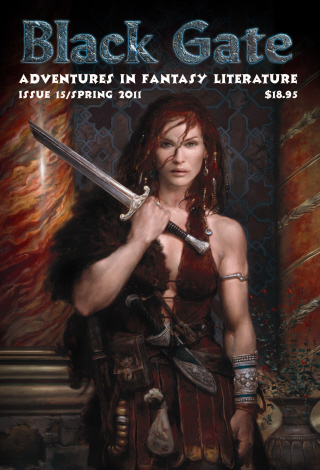
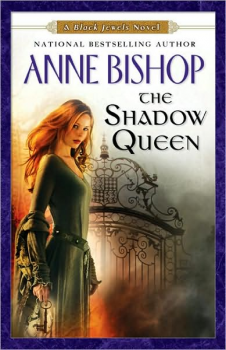 The Shadow Queen
The Shadow Queen I’ve sometimes bought a book without knowing anything about it because it had a cool cover. Similarly, I’ve been drawn to read a story because of a cool title.
I’ve sometimes bought a book without knowing anything about it because it had a cool cover. Similarly, I’ve been drawn to read a story because of a cool title.
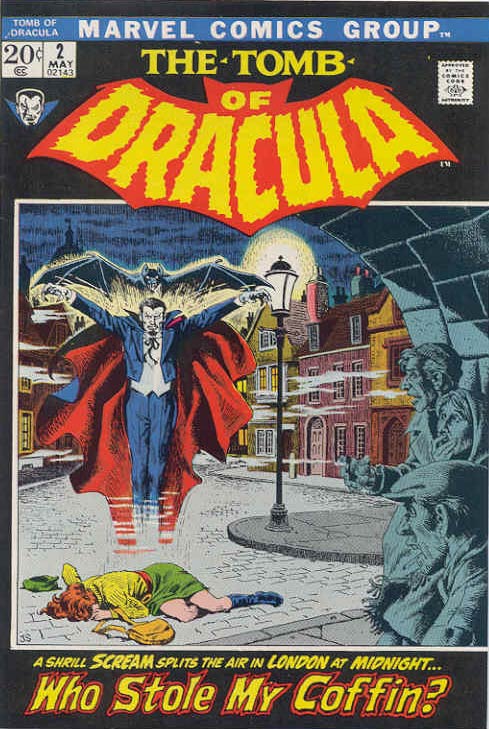
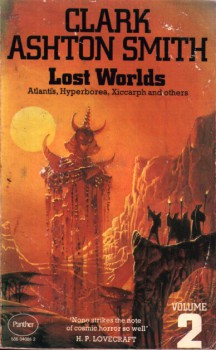
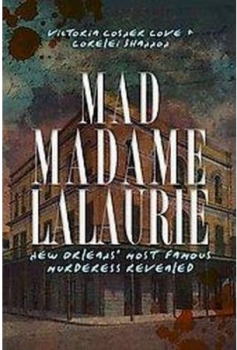
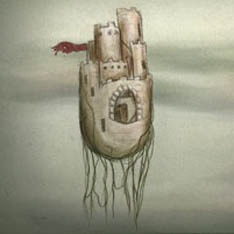 I had a quiet day at work, but blimey! I got a lot done!
I had a quiet day at work, but blimey! I got a lot done!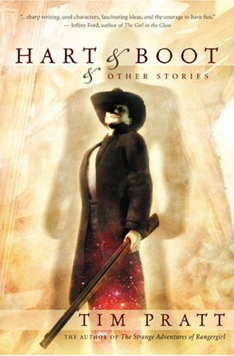 The second,
The second, 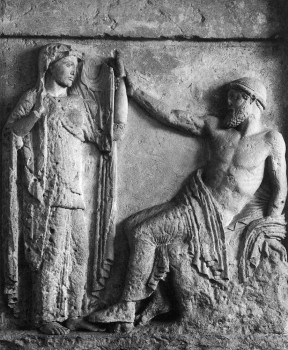
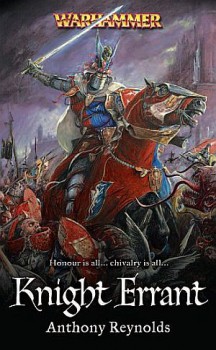 Knight Errant
Knight Errant